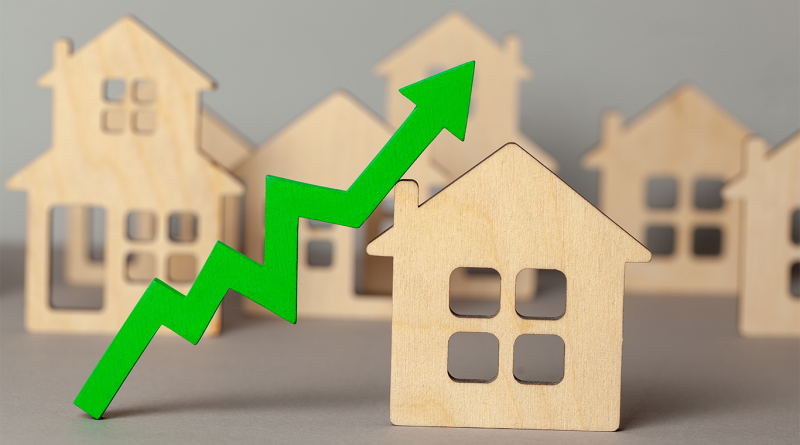Construction Industry Braces for Higher Material Costs Amid Tariff Hike
Donald Trump’s decision to impose a 25% tariff on steel and aluminum imports is expected to send shockwaves through the US construction industry. With steel and aluminum playing a critical role in residential and commercial projects, the new tariffs will likely drive up costs, disrupt supply chains, and slow development.
Homebuilders and contractors are particularly concerned about the financial strain this move will place on an already struggling housing market. The National Association of Home Builders (NAHB) has warned that rising material costs could worsen the affordability crisis, making it harder for first-time buyers to enter the market.
With about 23% of the nation’s steel and 44% of its aluminum coming from imports, the construction sector is highly vulnerable to price fluctuations. As material costs rise, experts predict that the increase will be passed on to consumers, leading to higher home prices.
Rising costs and the impact on homebuyers
Analysts estimate that the tariffs could increase home construction costs by 4% to 6% over the next year. Given that the average cost of building a new home in the US is about $422,000, this could mean an additional $17,000 to $22,000 per home.
For homebuyers, this comes at a time when mortgage rates and inflation are already making homeownership less affordable. First-time buyers, in particular, will feel the strain as rising construction costs push home prices further out of reach.
The impact won’t be limited to new construction. Renovations, commercial projects, and large-scale infrastructure developments are also expected to see cost increases. Contractors and developers may be forced to cut back on projects or seek alternative suppliers, leading to delays and reduced housing availability.
Builders and developers under pressure
The construction industry is already facing supply chain disruptions and labor shortages, and the new tariffs add another layer of financial strain. Builders and developers, especially those working on large-scale residential projects, now have to contend with higher material costs that could threaten profitability and delay project timelines.
For many, the immediate challenge is securing affordable steel and aluminum without significantly increasing budgets. Some firms may attempt to source materials domestically, but US steel and aluminum producers have limited capacity to meet the sudden surge in demand. This could drive prices even higher and extend lead times for critical materials.
Broader economic ripple effects
The effects of these tariffs won’t stop at construction. Steel and aluminum are essential to multiple sectors, including automotive manufacturing, consumer goods, and infrastructure. As prices rise, industries that rely on these materials will likely pass costs down to consumers, fueling inflationary pressures across the economy.
Small and mid-sized construction firms, which lack the financial flexibility of larger corporations, may be particularly vulnerable. If they cannot absorb the higher costs, some may be forced to scale back operations or shut down. This could reduce competition in the construction market, further driving up prices as fewer firms bid on projects.
Economists warn that the broader implications could extend beyond construction. Higher material costs could discourage business expansion, delay infrastructure projects, and slow job growth in industries tied to manufacturing and homebuilding.
Industry response and possible solutions
Faced with rising material costs and potential project slowdowns, the construction industry is exploring various strategies to mitigate the impact of the tariffs. Some builders are turning to alternative materials, such as engineered wood and composites, to reduce reliance on steel and aluminum. Others are seeking domestic suppliers, though limited availability and increased demand are driving prices up within the US as well.
Larger developers with established supplier networks may have more flexibility in absorbing cost increases, but small and mid-sized firms are particularly vulnerable. Industry groups, including the NAHB, have called on the federal government to reconsider or revise the tariffs, warning that continued price hikes could worsen the housing affordability crisis. Some lawmakers have also proposed targeted exemptions for certain construction-related imports, though no immediate policy changes have been confirmed.
While the goal of the tariffs is to bolster domestic metal production, their immediate effect on construction costs and home prices is raising concerns across the industry. With housing affordability already stretched thin and inflationary pressures mounting, builders, policymakers, and consumers alike are bracing for the broader economic impact of these trade policies.
Sources:
To keep up-to-date with our latest construction news, subscribe to our newsletter today.
